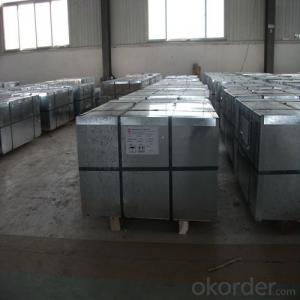Reinforced steel, often referred to as rebar, is an essential component in modern construction. It’s the backbone that gives concrete its strength and resilience. Imagine a world without reinforced steel; our towering skyscrapers, sprawling bridges, and sturdy buildings would be a thing of the past. But what exactly is reinforced steel, and why is it so crucial to the construction industry? Let’s dive into the fascinating world of rebar and explore its properties, applications, and the role it plays in shaping our built environment.
The Essence of Reinforcement
Reinforced steel is made from carbon steel that has been alloyed with other elements to enhance its properties. It’s designed to bond with the concrete it’s embedded in, creating a composite material that is incredibly strong and durable. The steel provides tensile strength, while the concrete offers compression resistance. This synergy is what makes reinforced concrete such a popular choice for construction projects worldwide.
A Strong Bond
The bond between steel and concrete is more than just physical; it’s a partnership that’s built to last. The chemical adhesion between the two materials, along with the mechanical interlock provided by the rough surface of the rebar, ensures a strong and stable connection. This bond is further strengthened by the contraction and expansion that occurs as the concrete cures and the steel reacts to temperature changes.
The Role of Reinforcement in Concrete Structures
Reinforced steel plays a critical role in various concrete structures. In beams and slabs, it helps resist bending and cracking. In columns, it provides additional support against compressive forces. And in earthquake-prone areas, it’s a lifesaver, offering the flexibility needed to withstand seismic activity.
Types of Reinforcement
Not all rebar is created equal. There are different types of reinforcement, each with its own specific purpose and properties. Common types include:
– Straight Rebar: Used for general reinforcement in concrete structures.
– Deformed Rebar: With its ribbed surface, it offers better bonding with concrete.
– Tied Wire Reinforcement: A network of wires that provide additional support in specific areas.
– Prestressed Rebar: Pre-tensioned to improve the strength and durability of the concrete.
Corrosion Resistance and Protection
One of the main concerns with rebar is its susceptibility to corrosion. When steel corrodes, it can lead to the weakening of the entire structure. To combat this, rebar is often coated with various materials, such as epoxy or zinc, to protect it from the elements. Additionally, cathodic protection systems can be employed to prevent corrosion from occurring in the first place.
Sustainability and the Future of Reinforcement
As we move towards a more sustainable future, the role of reinforced steel in construction is evolving. New technologies and materials are being developed to improve the environmental impact of rebar production and usage. From recycled steel to innovative coatings that reduce the need for maintenance, the future of reinforcement is looking greener and more efficient.
The Human Touch
While reinforced steel may seem like a cold, unfeeling material, it’s the human touch that brings it to life. Engineers and construction workers alike pour their hearts and souls into every project, ensuring that the rebar is placed with precision and care. It’s this dedication that transforms a simple piece of steel into a vital part of our infrastructure.
Conclusion
Reinforced steel is more than just a building material; it’s the silent hero of the construction world. Its strength and versatility make it an indispensable part of our lives. As we continue to innovate and push the boundaries of what’s possible, reinforced steel will undoubtedly remain at the forefront of our built environment, supporting our dreams and ambitions with unwavering strength.

